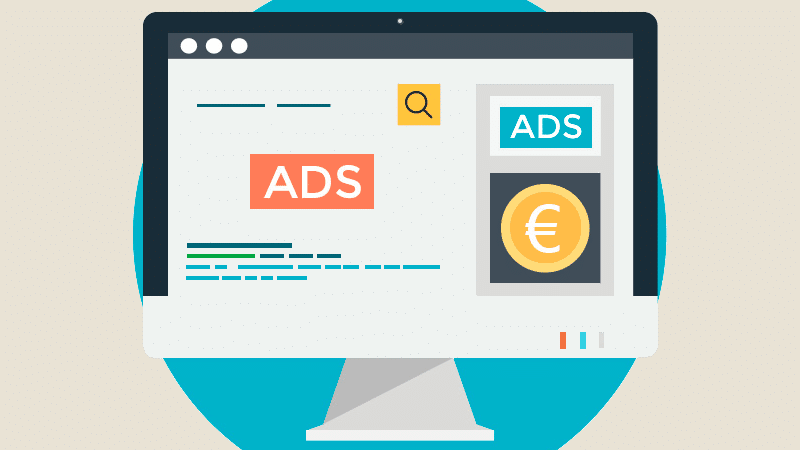What Website Design Software Is the Best? A Comprehensive Comparison

Introduction
Choosing the right website design software can be a game-changer for any designer, developer, or business. The right tool can make your design process smoother, faster, and more efficient. But with so many options available, how do you know which software is best for your website design needs?
In this article, we’ll compare the top website design software, examining their features, benefits, and drawbacks, to help you make an informed decision.
Why the Right Website Design Software Matters
When building a website, the design software you choose can influence:
- Creativity and Functionality: How easily you can implement creative ideas and functionality.
- Efficiency: How quickly you can bring your designs to life.
- Collaboration: How easily you can work with others, whether clients or teammates.
- Responsive Design: How well your design adapts to different screen sizes.
The best software will offer a balance of these aspects, allowing for both design freedom and ease of use.
Top Website Design Software to Consider
1. Figma: Best for Collaboration and Web Design
- Overview: Figma is a cloud-based design tool that has become a favorite among designers for its collaborative features. It’s perfect for teams working remotely and looking for real-time feedback.
- Key Features:
- Cloud-based for easy access and collaboration
- Design, prototype, and inspect tools in one platform
- Responsive design tools, including auto-layout and constraints
- Extensive plugin library
- Free plan available
- Pros:
- Seamless collaboration in real-time
- Easy-to-use interface for both beginners and experts
- Allows for interactive prototyping
- Platform-independent (works on Windows, Mac, and Linux)
- Cons:
- Can have performance issues with large files
- Limited offline functionality
- Ideal For: Web and UI/UX designers, especially those working in teams.
2. Adobe XD: Best for Comprehensive Design Projects
- Overview: Adobe XD is a powerful design tool that integrates seamlessly with other Adobe Creative Cloud apps. It’s perfect for those already using Adobe products, and it’s great for designing everything from wireframes to high-fidelity prototypes.
- Key Features:
- Advanced prototyping and animation capabilities
- Integration with other Adobe products like Illustrator and Photoshop
- Cross-platform design (Windows and Mac)
- Design for mobile, tablet, and desktop devices
- Pros:
- Rich feature set for creating interactive and animated prototypes
- Seamless integration with Creative Cloud
- Regular updates and improvements
- Free plan available
- Cons:
- Steeper learning curve compared to other design tools
- Collaboration features are not as strong as Figma’s
- Ideal For: Designers who are already embedded in the Adobe ecosystem and need advanced prototyping features.
3. Sketch: Best for Mac Users and Vector-Based Design
- Overview: Sketch is one of the most popular tools for UI/UX and web design, especially for designers who work exclusively on Mac. It is ideal for vector-based design and comes with a range of plugins and integrations to streamline the design process.
- Key Features:
- Vector editing tools
- Customizable interface with a wide variety of plugins
- Focus on UI/UX and web design
- Integration with third-party tools and services
- Pros:
- Specialized in UI/UX and web design
- Large library of plugins and integrations
- Easy-to-use for vector-based designs
- Cons:
- Mac-only platform
- Limited prototyping capabilities compared to Adobe XD and Figma
- Ideal For: Mac users who focus on UI and UX design and prefer vector-based design tools.
4. WordPress: Best for Website Development and Design
- Overview: While WordPress is primarily known as a content management system (CMS), it also offers a variety of design tools, themes, and plugins that allow you to create fully functional websites without coding.
- Key Features:
- Easy-to-use interface for non-designers
- Large variety of pre-built themes and templates
- Drag-and-drop design capabilities
- Access to thousands of plugins for extended functionality
- Pros:
- Great for beginners and non-designers
- No coding required for most design tasks
- Strong community and support system
- SEO-friendly
- Cons:
- Limited creative control compared to dedicated design tools like Figma or Adobe XD
- Requires plugins for advanced customization
- Ideal For: Small businesses, bloggers, or individuals who need to create a website quickly with minimal design experience.
5. Webflow: Best for Web Design and Development
- Overview: Webflow is a web design tool that allows you to create responsive websites without writing code. It’s a hybrid of a design tool and a CMS, allowing designers to build, launch, and manage websites directly.
- Key Features:
- Visual design tool with full control over CSS, HTML, and JavaScript
- CMS and hosting services included
- E-commerce capabilities
- Responsive design tools
- Pros:
- Full creative control without needing to write code
- Direct publishing and hosting of websites
- Built-in CMS for content management
- Cons:
- Steep learning curve for beginners
- More expensive than basic design tools
- Ideal For: Web designers and developers who want to create responsive websites without relying on external developers.
Factors to Consider When Choosing Website Design Software
Choosing the right design software depends on several factors.
Ease of Use
If you’re a beginner, it’s important to look for software that’s easy to learn and has a user-friendly interface. Tools like Figma and WordPress are known for being beginner-friendly, providing a smooth entry into website design.
Budget
Your budget can play a major role in the decision-making process. Some design software offers free plans, such as Figma and Adobe XD, which can be ideal for freelancers or small businesses. On the other hand, some software like Webflow may require a subscription or paid plan for full access to its features.
Collaboration Needs
If you’re working with a team, collaboration is key. In this regard, tools like Figma and Adobe XD shine because they allow for real-time feedback and editing. These features are great for teams that need to work closely together on the same design project.
Platform Compatibility
It’s also essential to ensure that the software you choose is compatible with your operating system. For example, Sketch is only available for Mac users, whereas Figma works across multiple platforms, including Windows, Mac, and Linux, making it a versatile choice for teams with different operating systems.
Functionality
The functionality you require can influence your software choice. If you need advanced features like prototyping, animations, and responsive design, Adobe XD and Figma offer robust tools to create highly interactive and dynamic designs. For those seeking a simpler website design solution or development capabilities, WordPress and Webflow provide easy-to-use interfaces and additional website-building features.
Conclusion
Choosing the best website design software depends on your specific needs, budget, and level of expertise. Figma and Adobe XD are excellent for collaborative and high-fidelity designs, while Sketch is ideal for Mac users who need vector-based tools. WordPress is the best for beginners or non-designers who need a quick solution, and Webflow is perfect for those who want full creative control without coding.
By understanding the strengths and weaknesses of each tool, you can select the one that fits your project and workflow best.




